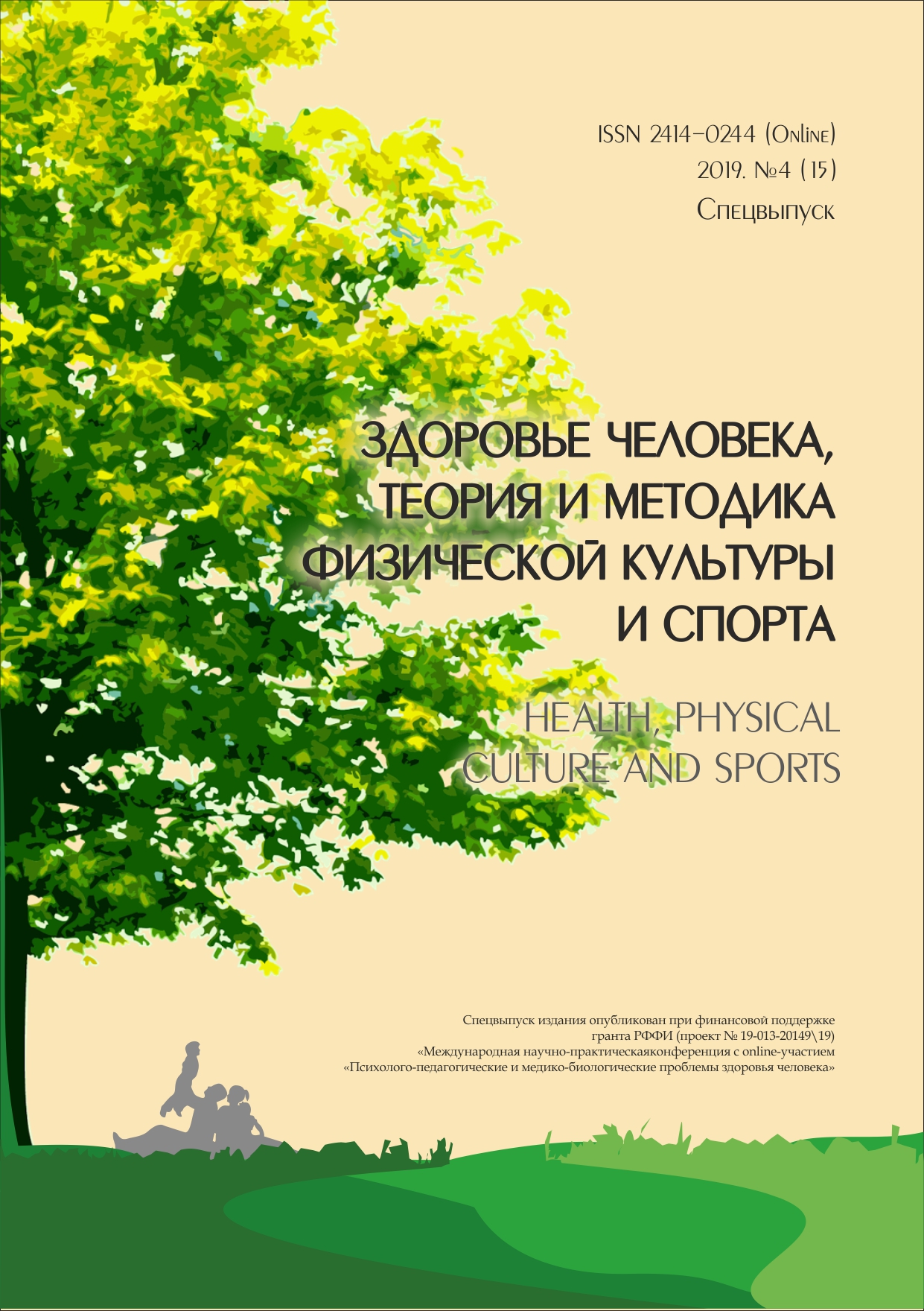OPTIMIZATION OF EXTRUSION PROCESS FOR PRODUCTION OF APPLE POMACE AND WHEAT SEMOLINA EXTRUDATES
Abstract
Apple pomace — wheat semolina blends were extruded in a laboratory single screw extruder (Brabender 20 DN, Germany) with screw diameter 19 mm and die diameter 5 mm. Central Composite Rotatable Design was used to optimize the extrusion parameters of the mixture for obtaining instant product. EŸects of apple pomace content in the blends, moisture content, screw speed, and barrel temperature on the speciǺc mechanical energy, total color diŸerence, hardness, and water absorption index of the extruded products were studied. Response surface methodology with combinations of apple pomace content in the blends (10, 30, 50, 70, 90 %), moisture content (17, 20, 23, 26, 29 %), screw speed (120, 150, 180, 210, 240 rpm), and barrel temperature (130, 140, 150, 160, 170 °C) was applied. Feed screw speed was Ǻxed at 70 rpm. Źe compression ratio of the screw was 3:1. Źe temperatures of the feed and II-nd zone were 150 and 160єC, respectively. Źe criterion established to determine the optimal extrusion conditions of the apple pomace — wheat semolina blend was to Ǻnd the conditions leading to high values of water absorption index, and low values of speciǺc mechanical energy, hardness, and total colour diŸerence. Optimization was carried out by the superposition of several contour surfaces of competing responses. Źe response surface plots were generated for interaction of any two independent variables, while holding the value of all the rest as constant (at the central value). Moisture content from 22 to 26 %, content of apple pomace from 30 to 50 %, barrel temperature of 150єC, and screw speed of 180 rpm could be recommended as optimal extrusion conditions for obtaining an instant product from apple pomace and wheat semolina
Downloads
References
Sudha M., Baskaran V., Leelavathi K. 2007. Apple pomace as a source of dietary fiber and polyphenols and its eeect on the rheological characteristics and cake making. Food Chemistry. 2007. № 104. Pp. 686–692. URL: http://dx.doi.org/10.1016/j.foodchem.2006.12.016 (accepted 06.12. 2006).
Reis S., Rai D., Abu-Ghannam N. Apple pomace as a potential ingredient for the development of new functional foods // International Conference on Food Safety, Quality and Nutrition (ICFSQN). Manchester, UK. 2012. pp. 61–66. URL: https://arrow.dit.ie/cgi/viewcontent.cgi?article=1010&context=schfsehcon (accepted 11–13.04.2012).
Masoodi F., Chauhan G. 1998. Use of apple pomace as a source of dietary ber in wheat bread. Journal of Food Processing and Preservation. 1998. № 22. pp. 255–263. URL: https://onlinelibrary.wiley.com/doi/abs/10.1111/j.1745–4549.1998.tb00349.x (accepted 09.02.1998).
Wang H., omas R. 1989. Direct Use of Apple Pomace in Bakery Products. Journal of Food Science. 1989. № 54 (3). pp. 618–620. URL: https://onlinelibrary.wiley.com/doi/abs/10.1111/j.1365–2621.1989.tb04665.x.
Panchev I., Toshkov N., Nenov V., Simitchiev A. 2013. Opportunities for waste materials utilization by extrusion in processing cocoa seeds. Journal of Food and Packaging Technologies. 2013. № 2. pp. 299–302. ISSN 1314–7773.
Toshkov N. 2011. Study of extrusion process for the preparation of food for carp (Cyprinus carpio L.). Dissertation. University of Food Technologies, Plovdiv, Bulgaria (In Bulgarian) 158 p.
Ainsworth P., Ibanoglu S., Plunkett A., Ibanoglu E., Stojceska V. 2007. Eeect of brewers spent grain addition and screw speed on the selected physical and nutritional properties of an extruded snack. Journal of Food Engineering. 2007. № 81 (4). pp. 702–709. URL: https://www.sciencedirect.com/science/article/pii/S0260877407000428 (accepted 14.01.2007).
Stojceska V., Ainsworth P., Plunkett A., Ibanoglu E., Ibanoglu S. Cauliower by-products as a new source of dietary bre, antioxidants and proteins in cereal based ready-to-eat expanded snacks // Journal of Food Engineering. 2008. № 87 (4). pp. 554–563. URL: https://www.sciencedirect.com/science/article/pii/S0260877408000393 (accepted 15.01.2008).
Stojceska V., Ainsworth P., Plunkett A., Ibanoglu S. 2008. e recycling of brewer’s processing by-product into ready-to-eat snacks using extrusion technology. Journal of Cereal Science, 2008. № 47 (3). pp. 469–479. URL: https://www.sciencedirect.com/science/article/pii/S0733521007001075 (accepted 31.05.2007).
Guy R. Extrusion cooking — Technologies and applications. Woodhead Publishing Limited, Cambridge, England. 2001. 206 p. ISBN-13: 978–1855735590.
Chuang G., Yeh An-I. 2004. Eeect of Screw Pro le on Residence Time Distribution and Starch Gelatinization of Rice Flour during Single Screw Extrusion Cooking. Journal of Food Engineering. 2004. № 63 (1). pp. 21–31. URL: https://www.sciencedirect.com/science/article/pii/S0260877403002784 (accepted 21.07.2003).
Montgomery D. Design and Analysis of Experiments. 7th ed. Hoboken: John Wiley & Sons, Inc. 2011. 114 p. ISBN 978–0–470–16990–2.
Robin F., Engmann J., Pineau N., Chanvrier H., Bovet N., Della Valle G. 2010. Extrusion, structure and mechanical properties of complex starchy foams. Journal of Food Engineering. 2010. № 98 (1), pp. 19–27. URL: https://www.sciencedirect.com/science/article/pii/S0260877409005834 (accepted 24.11.2009).
Ding Q., Ainsworth P., Plunkett A., Tucker G., Marson H.2006. e Eeect of Extrusion Conditions on the Functional and Physical Properties of Wheat — Based Expanded Snacks. Journal of Food Engineering. 2006. № 73 (2). pp. 142–148. URL: https://www.sciencedirect.com/science/article/pii/S0260877405000567 (accepted 13.01.2005).
Altan A., McCarthy K., Maskan M. 2009. Eeect of screw con guration and raw material on some properties of barley extrudates. Journal of Food Engineering. 2009. № 92 (4). pp. 377–382. URL: https://www.sciencedirect.com/science/article/pii/S0260877408005918 (accepted 16.12.2008).
Ruiz-Ruiz J., Martinez-Ayala A., Drago S., Gonzбlez R., Betancur-Ancona D., Chel-Guerrero L. 2008. Extrusion of a hard-to-cook bean (Phaseolus vulgaris L.) and quality protein maize (Zea mays L.) our blend. LWT — Food Science and Technology. 2008. № 41 (10). pp. 1799–1807. URL: https://www.sciencedirect.com/science/article/pii/S0023643808000224 (accepted 13.01.2008).
An author should not normally publish manuscripts describing essentially the same research in multiple journals or publication venues. Such redundant publication is generally considered to constitute unethical publishing behavior, and if discovered may result in a manuscript under consideration being rejected, or a published article being retracted.
Authors of manuscripts reporting on original research should present an accurate account of the work performed, accompanied by an objective discussion of its significance. Underlying data should be represented accurately in the manuscript. The manuscript should contain sufficient detail and references to permit others to replicate the work. The fabrication of results and the making of fraudulent or knowingly inaccurate statements constitute unethical behavior and may be cause for rejection or retraction of a manuscript or published article.





